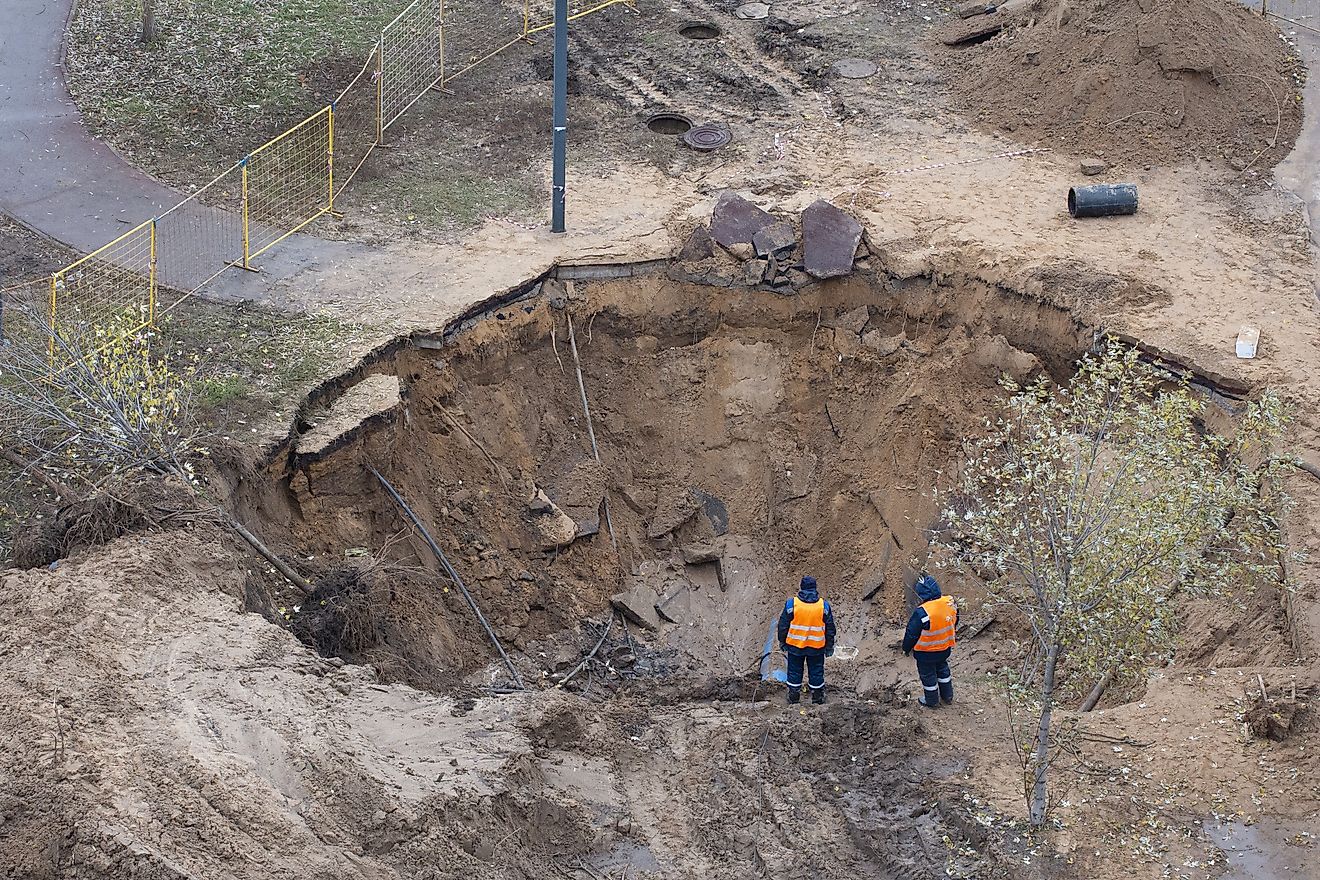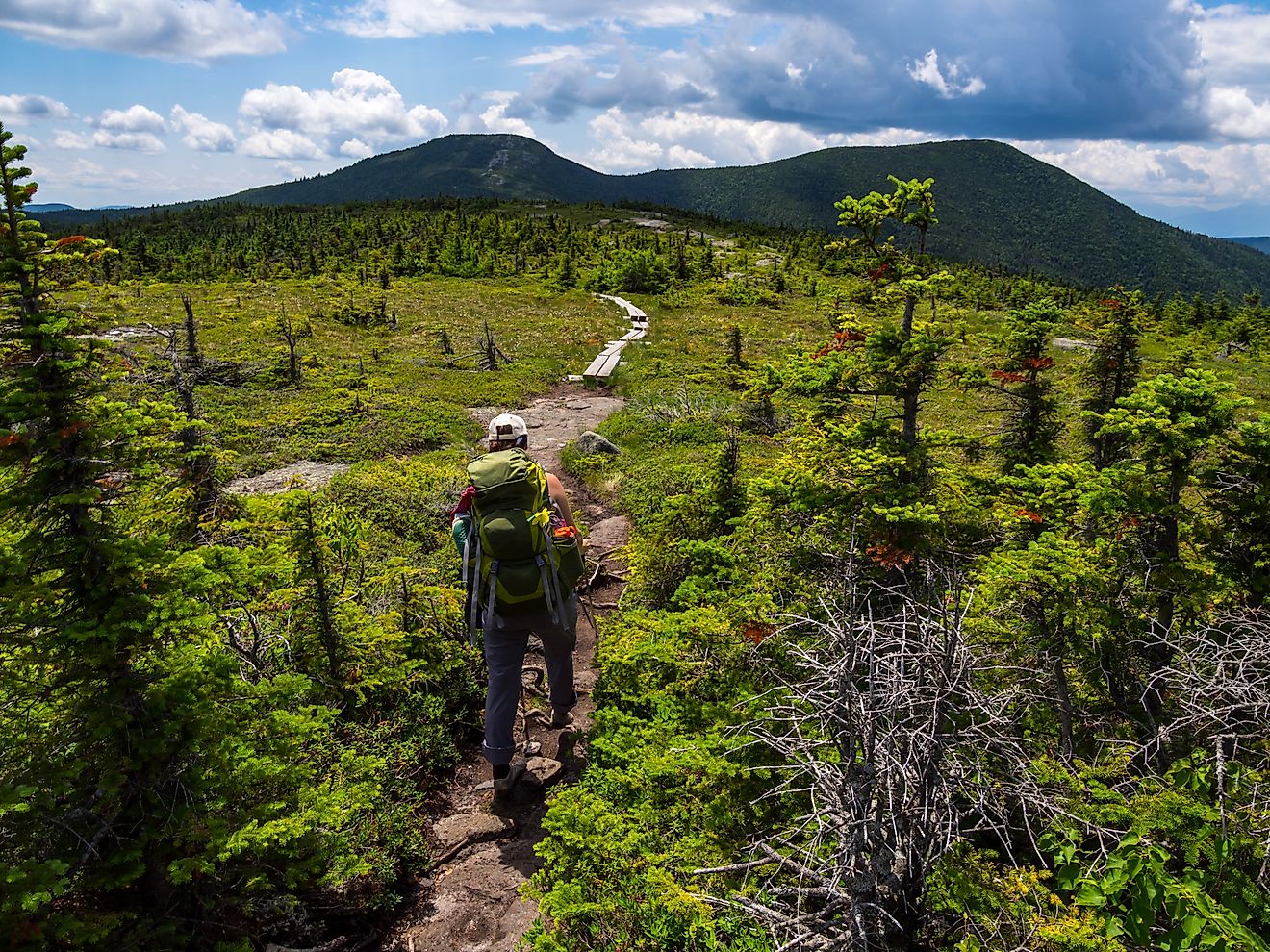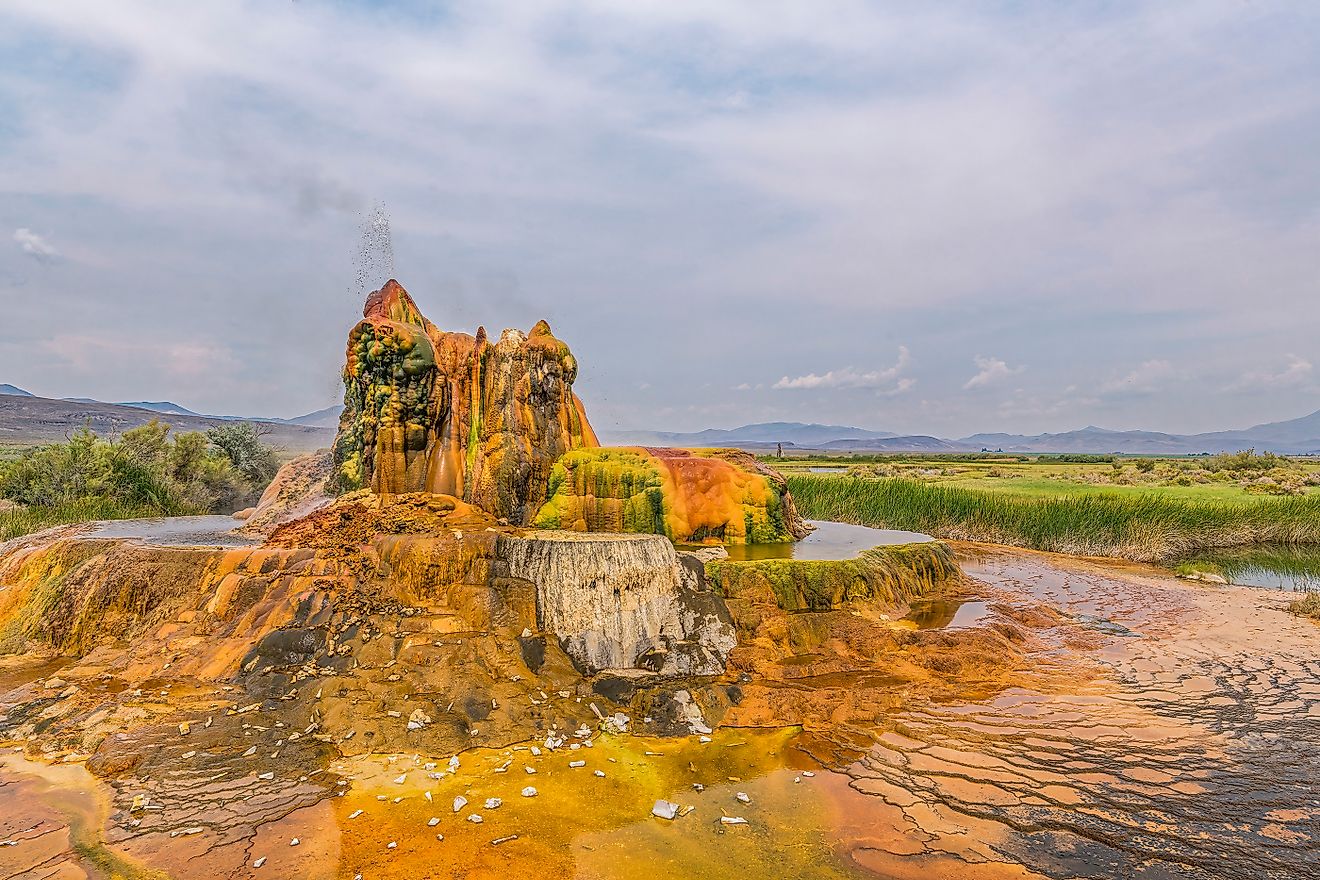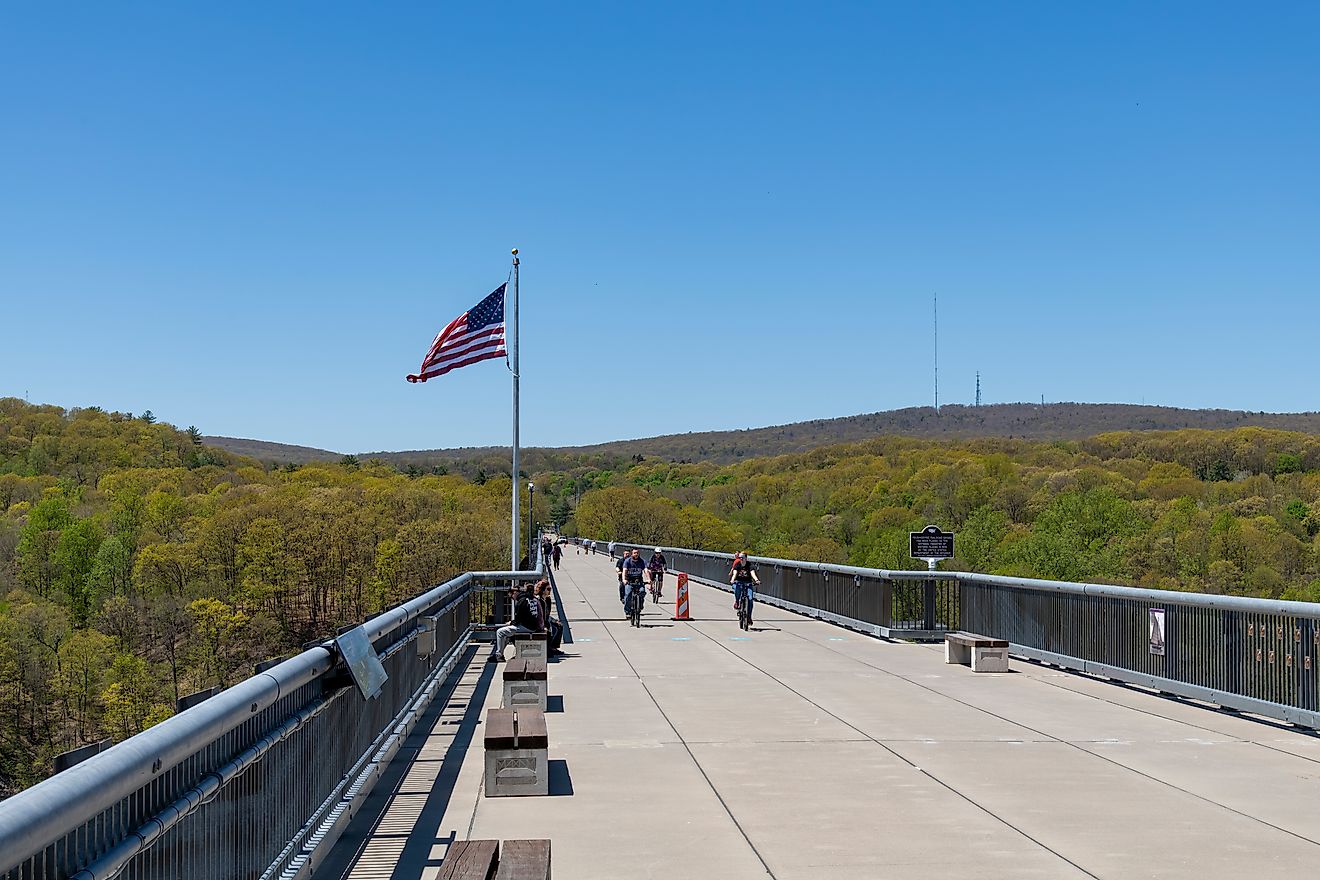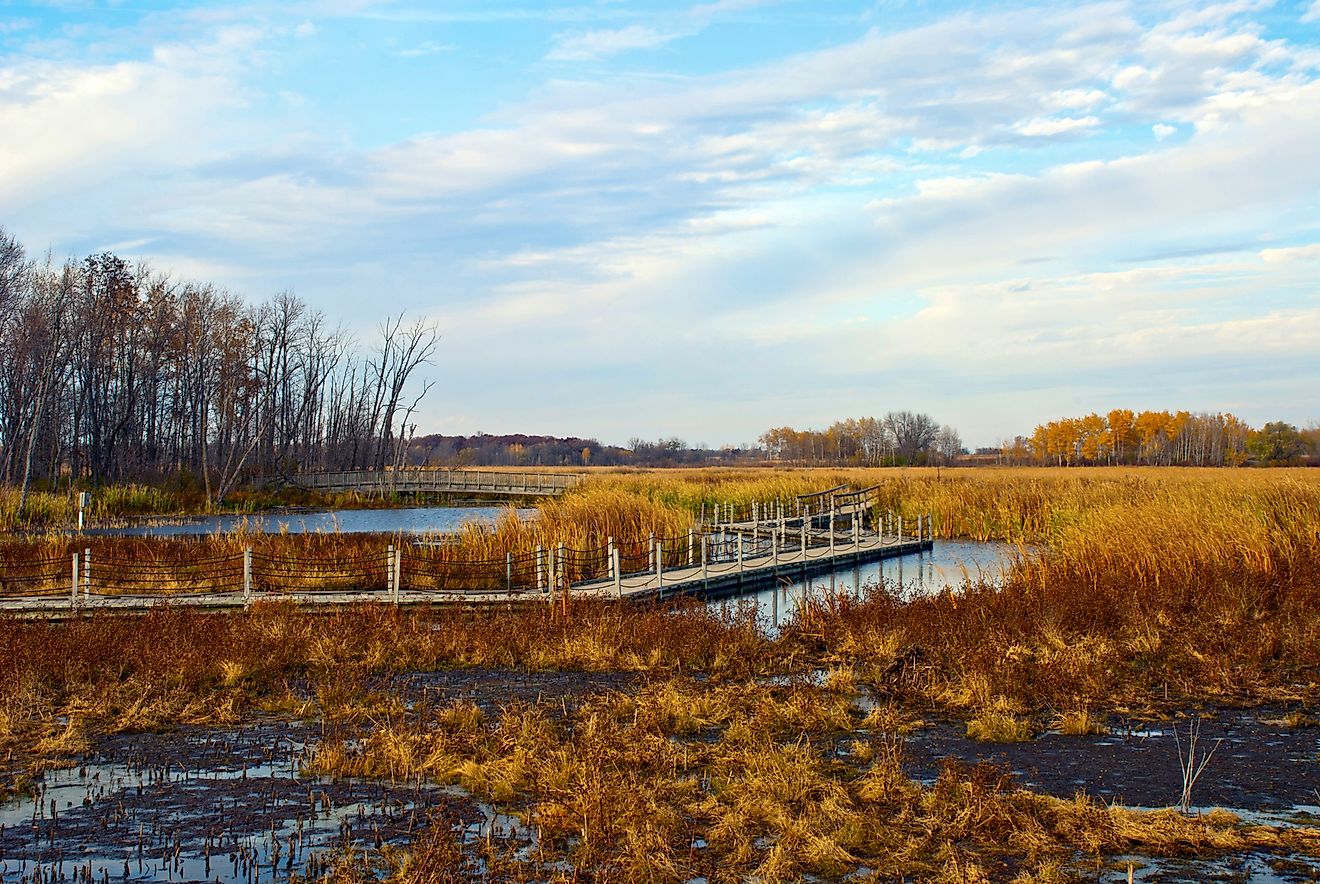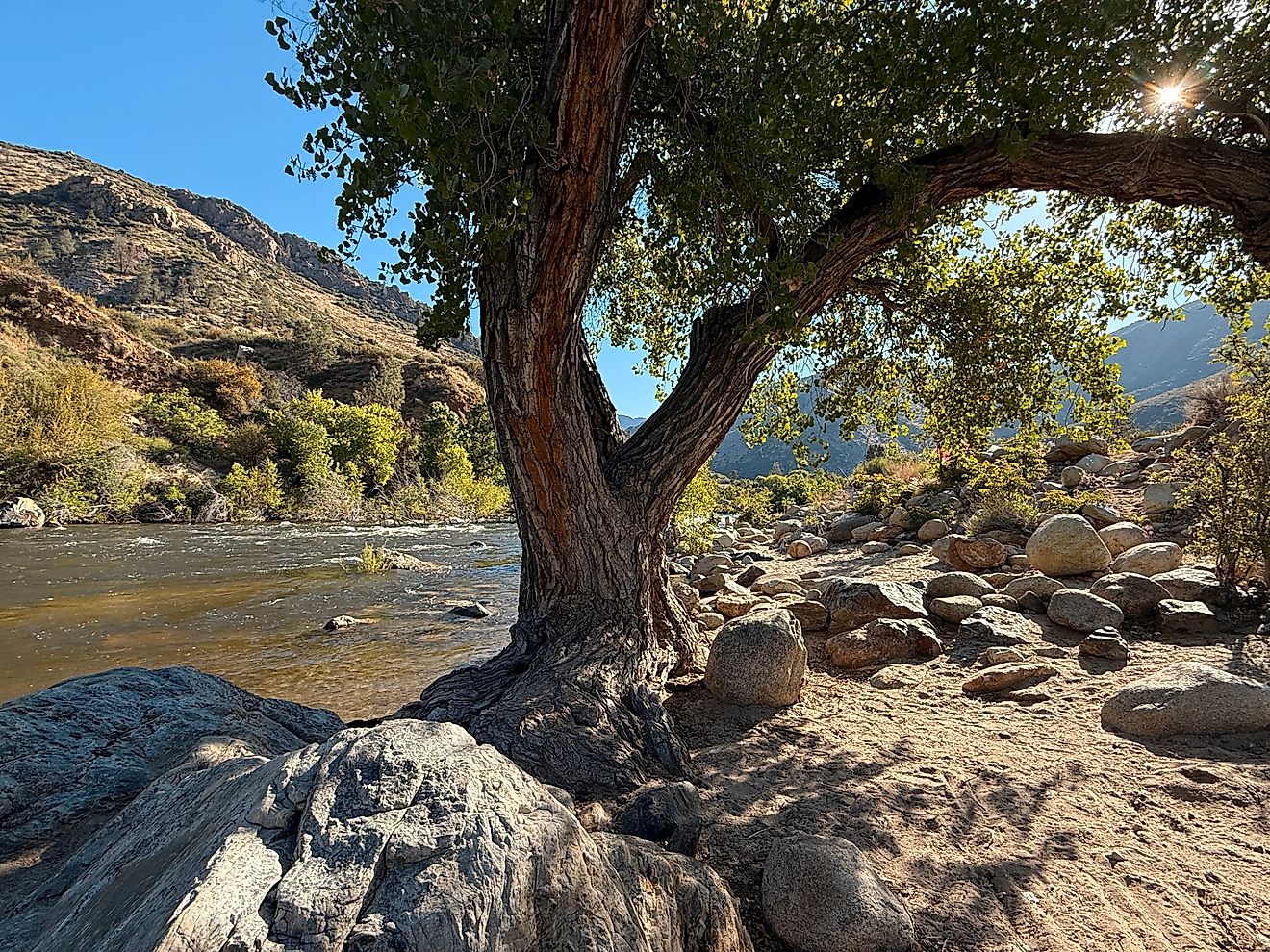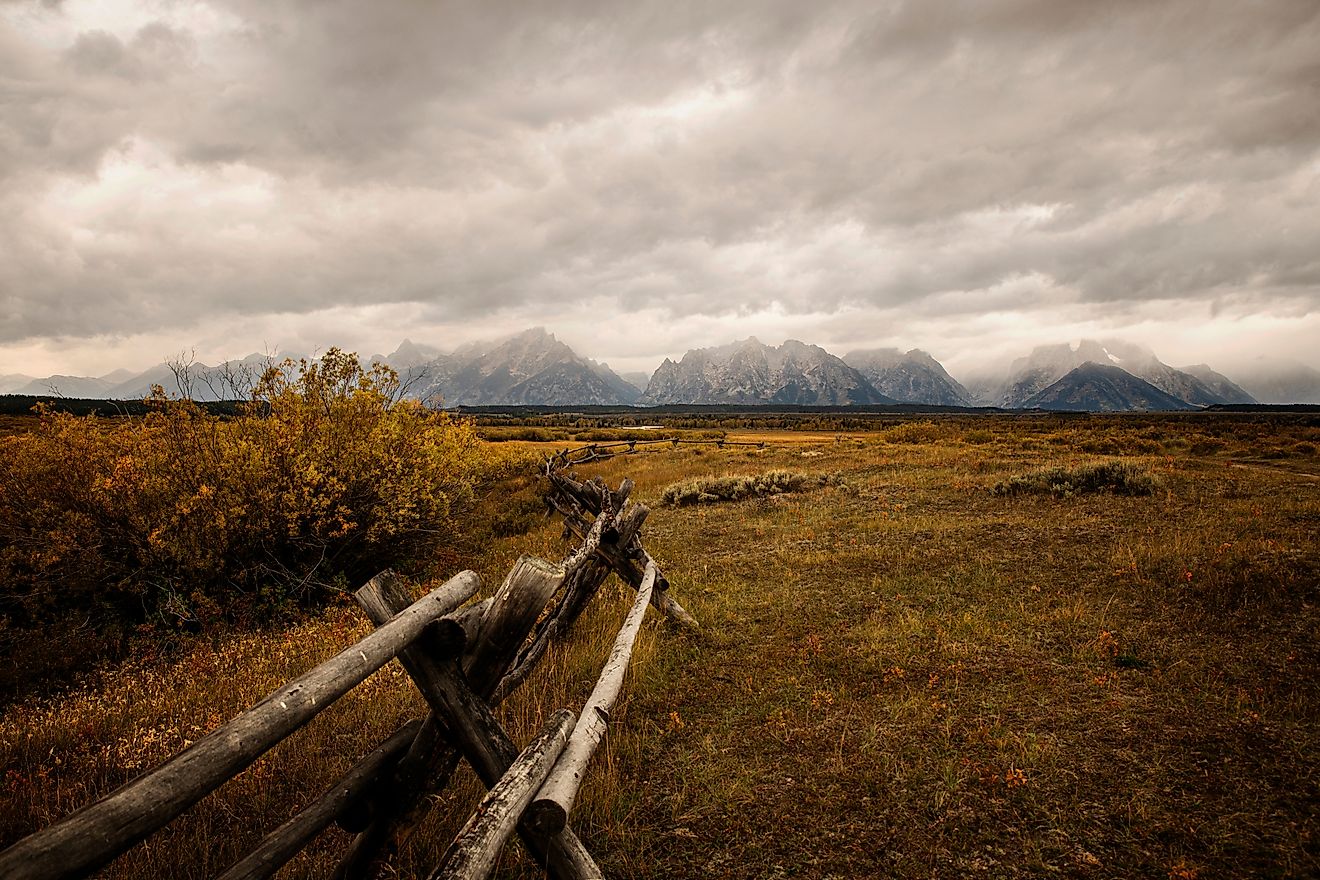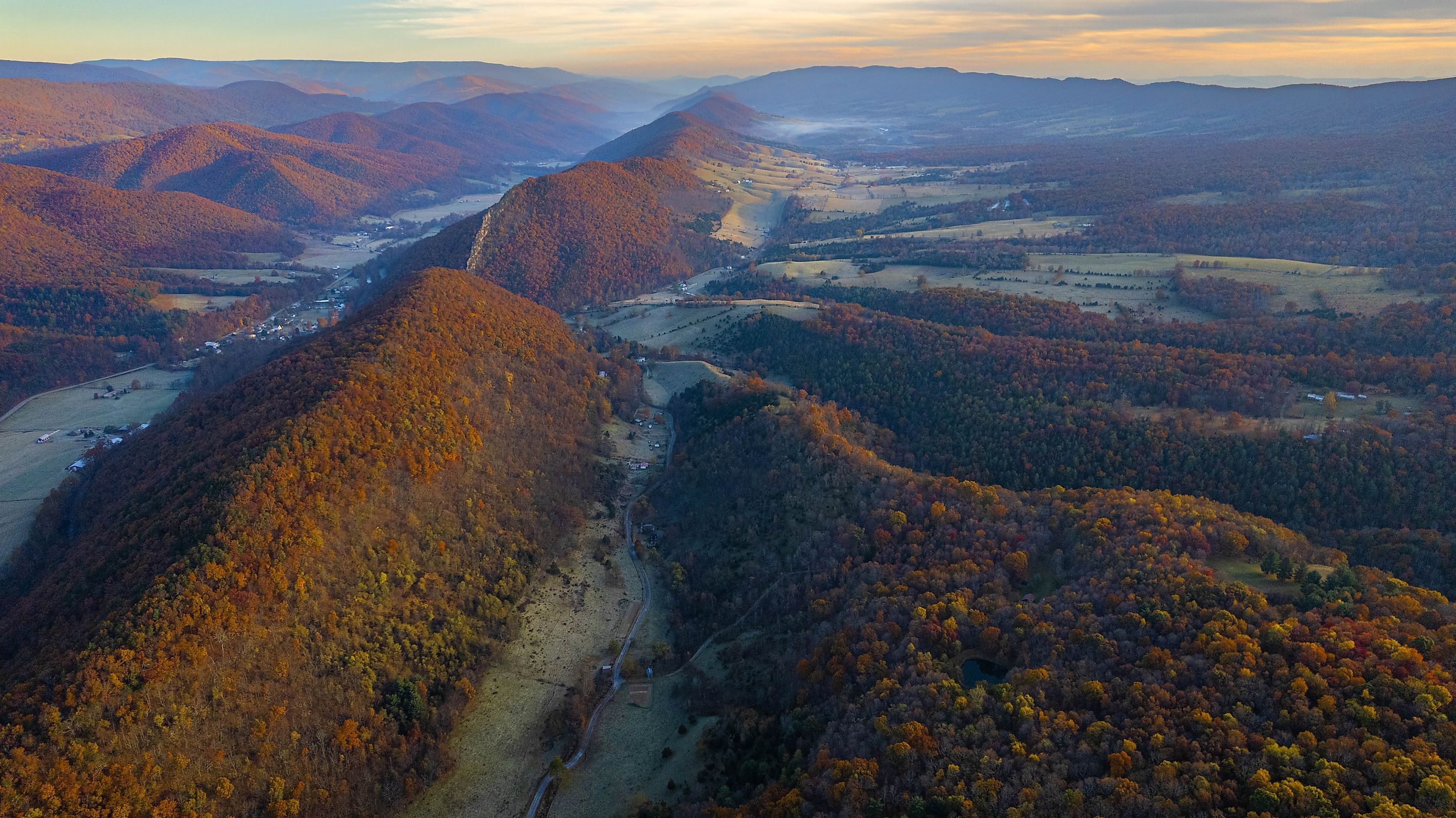
America's Oldest Mountain Ranges
The United States is a land sculpted by time, where ancient forces of fire, ice, and shifting continents have left their mark on the landscape. From the rugged granite peaks of the Sierra Nevada to the rolling, forested hills of the Appalachians, each mountain range tells a story that stretches back hundreds of millions, even billions, of years. These are not just scenic backdrops for hikers and adventurers. They are living archives of Earth’s deep history, places where rocks themselves are older than human civilization.
In this journey, climb through time, tracing the seven oldest mountain ranges in the United States. Explore how they were born, what forces shaped them, and why they continue to captivate the imagination of travelers, scientists, and storytellers. From hidden gems tucked in the Midwest to iconic peaks in the West, America’s oldest mountains reveal secrets written in stone.
Black Hills, South Dakota and Wyoming
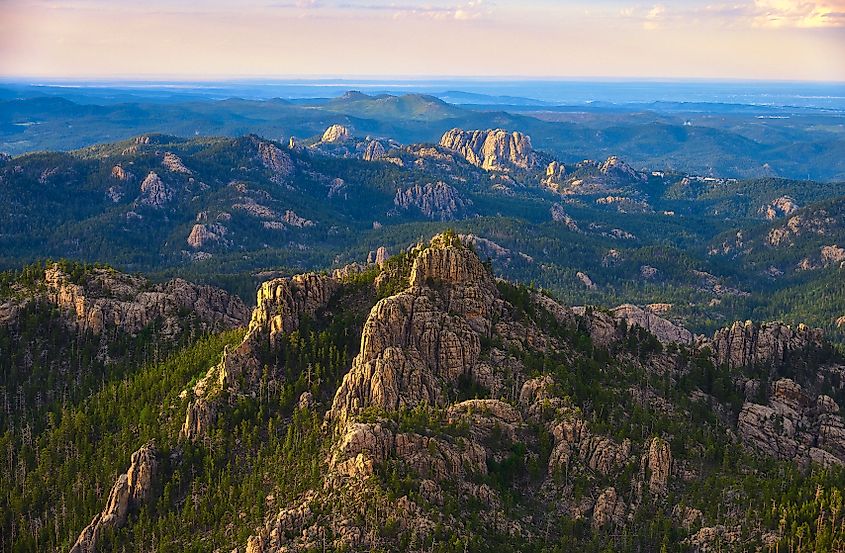
-
Estimated Age: 1.8 billion years
-
Key Features: Granite peaks, rich mineral deposits
The Black Hills are widely considered the oldest mountain range in the United States, their roots stretching back an astonishing 1.8 billion years. Rising dramatically from the surrounding plains of South Dakota and Wyoming, the range is made primarily of ancient granite and metamorphic rocks from the Precambrian Era. These rocks were shaped by powerful tectonic forces, folding and uplifting over eons, leaving the rugged peaks and deep valleys that define the region today.
The Black Hills hold immense cultural and spiritual significance for the Lakota Sioux, who call the area Paha Sapa, meaning “hills that are black.” The region’s mineral wealth has long drawn people as well, with gold discovered in the 1870s sparking the Black Hills Gold Rush. Visitors today can explore Mount Rushmore, with its iconic presidential faces carved into granite, and the Crazy Horse Memorial, a massive tribute still under construction that honors Native American heritage. Hiking, rock climbing, and wildlife viewing offer ways to experience the ancient landscape firsthand.
Porcupine Mountains, Michigan
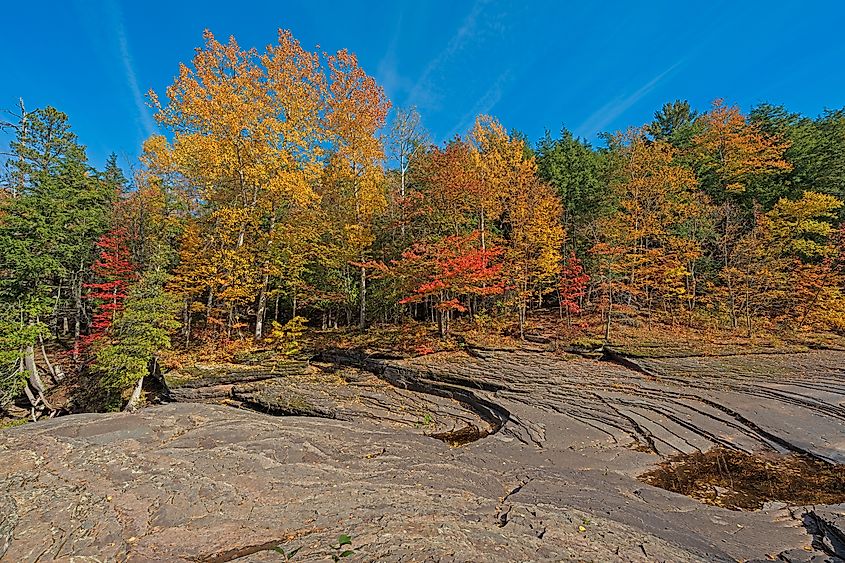
-
Estimated Age: 2 billion years
-
Key Features: Dense forests, diverse wildlife
The Porcupine Mountains, affectionately known as the "Porkies," rise in Michigan’s Upper Peninsula. Their rocks date back an astonishing 2 billion years to the Precambrian Era, making them part of the Canadian Shield, one of the planet’s most ancient and stable geologic regions. Over billions of years, these rocks have survived cycles of volcanic activity, continental collisions, and glaciation, preserving a landscape that is truly a window into Earth’s past.
The range itself is dominated by rugged ridges and deep valleys carved by glaciers during the last Ice Age. Visitors can wander through towering stands of maple, beech, and hemlock, or follow rivers and waterfalls that tumble over exposed bedrock formed long before the first humans walked the continent. The Porkies are home to a variety of wildlife, from black bears to bald eagles, thriving in this undisturbed wilderness. Hiking, backpacking, and winter sports allow modern adventurers to experience the echoes of a landscape shaped billions of years ago.
Ozark Mountains, Missouri, Arkansas, and Oklahoma

-
Estimated Age: 1.5 billion years
-
Key Features: Karst topography, rich biodiversity
The Ozark Mountains are a geological treasure spanning Missouri, Arkansas, and Oklahoma, with origins dating back 1.5 billion years. Their core is formed of Precambrian igneous and metamorphic rocks, some of the oldest exposed on the continent, laid down during the assembly of ancient supercontinents. Over immense spans of time, these rocks were uplifted, folded, and slowly eroded, creating the rugged hills and valleys we see today.
The St. Francis Mountains, located in southeastern Missouri, represent the oldest remnants of the range, where granite and rhyolite outcrops reveal the deep history of Earth’s crust. The Ozarks’ karst landscape, marked by caves, sinkholes, and underground rivers, is a testament to the region’s limestone and dolomite bedrock, shaped by millions of years of water erosion. This ancient terrain supports a rich diversity of life, including endemic species and glacial relic plants that survived ice ages in isolated microhabitats.
Appalachian Mountains, Eastern United States

-
Estimated Age: 480 million years
-
Key Features: Rolling hills, diverse ecosystems
The Appalachian Mountains are among the oldest mountain ranges on Earth, their story written in rocks that began forming over 1.1 billion years ago. The range we recognize today took shape around 480 million years ago during the Ordovician period, when tectonic collisions and continental uplifts created towering peaks. Over hundreds of millions of years, these mountains have been worn down by erosion, leaving behind the gentle rolling hills and deep, forested valleys that define the Appalachians.
The Appalachians are a patchwork of geological history. Ancient metamorphic rocks and folded sedimentary layers reveal a time when continents collided, seas advanced and retreated, and glaciers sculpted the land during the Ice Ages. The region’s biodiversity is equally ancient. Temperate forests host species that date back to pre-glacial times, while winding rivers and secluded hollows create habitats for unique wildlife. National parks such as the Great Smoky Mountains and Shenandoah showcase scenic beauty and the enduring legacy of a long and complex history.
Ouachita Mountains, Arkansas and Oklahoma
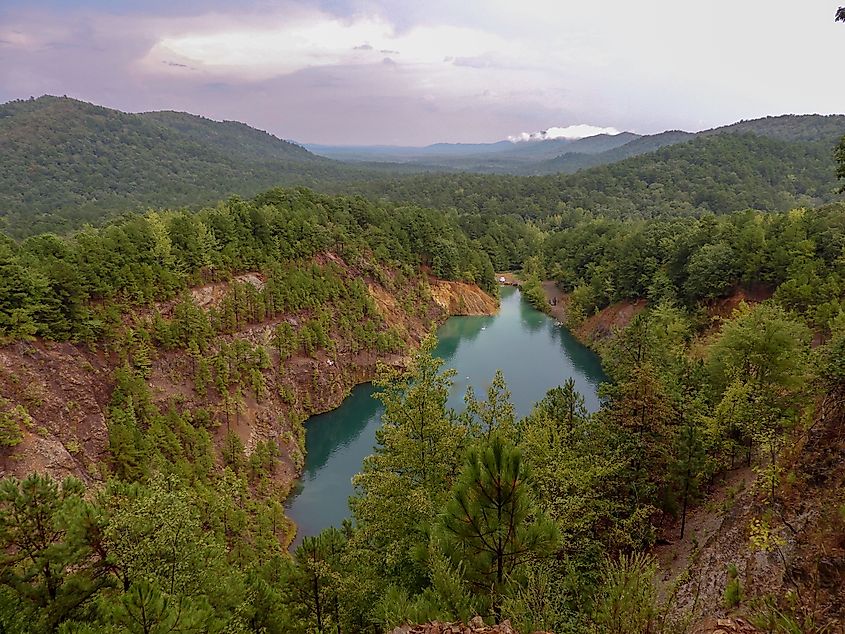
-
Estimated Age: 300 million years
-
Key Features: Folded mountain ranges, rich in natural resources
The Ouachita Mountains are a striking example of an ancient, folded mountain range, their story beginning around 300 million years ago during the late Paleozoic era. They formed in a dramatic collision between the South American and North American tectonic plates, an event known as the Ouachita orogeny. This immense geological upheaval folded the Earth’s crust into parallel ridges and valleys, giving the range its distinctive linear pattern that stretches across central Arkansas and southeastern Oklahoma.
Unlike some older ranges that have been worn almost flat by erosion, the Ouachitas retain rugged hills and scenic vistas, revealing the powerful forces that shaped them. Their rocks, primarily sandstone, shale, and novaculite, bear witness to an ancient ocean and the sedimentary layers deposited on its floor before being thrust upward. The range is also rich in natural resources, including oil, natural gas, and novaculite, a rock prized for making whetstones.
Rocky Mountains, Western United States
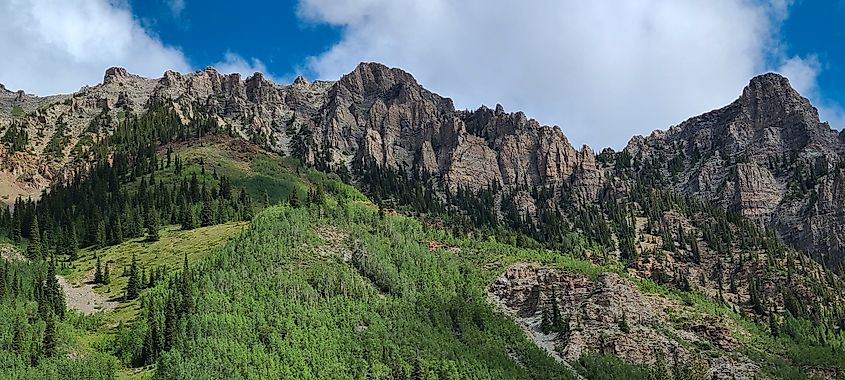
-
Estimated Age: 70 million years
-
Key Features: High peaks, diverse climates
The Rocky Mountains, stretching from northern British Columbia through the western United States to New Mexico, are younger than many of America’s ancient ranges but no less dramatic. They were formed during the Laramide orogeny, a mountain-building event that began roughly 70 million years ago during the Late Cretaceous period. Unlike older, heavily eroded ranges, the Rockies still boast towering peaks and deep, glacially carved valleys, offering a striking contrast to the gentle hills of the Appalachians or Ozarks.
The formation of the Rockies was driven by the collision of tectonic plates far to the west, which pushed slabs of crust upward to create the high peaks we see today. Over time, glaciers sculpted the mountains further, carving U-shaped valleys and leaving behind alpine lakes and rugged ridges. The range hosts a variety of climates, from arid basins in the south to snow-capped peaks in the north, and its ecosystems are rich with wildlife such as elk, bighorn sheep, and grizzly bears. Iconic landmarks like the Continental Divide, Rocky Mountain National Park, and Yellowstone illustrate both the raw power of geological forces and the beauty of a landscape still actively shaped by them.
Sierra Nevada, California and Nevada
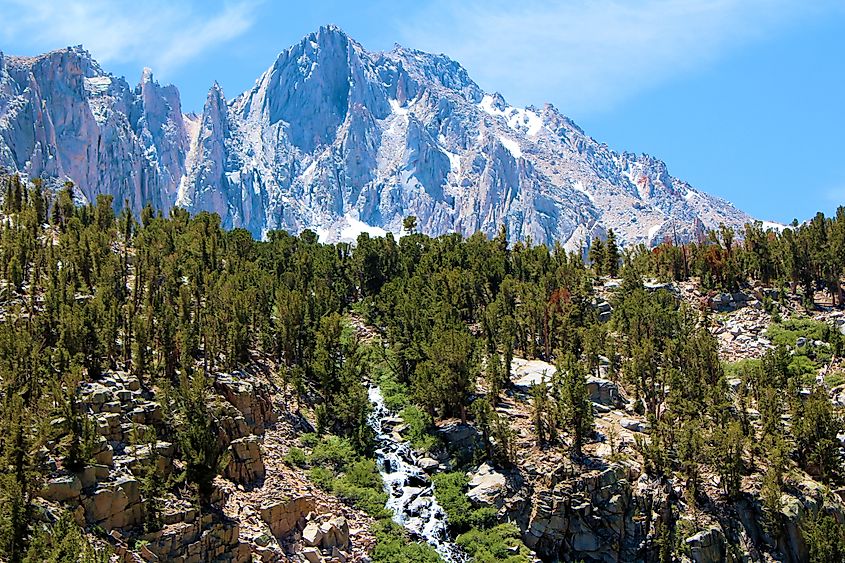
-
Estimated Age: 40 million years
-
Key Features: Granite peaks, alpine lakes
The Sierra Nevada mountain range, stretching across eastern California and western Nevada, is one of the younger ranges, with origins dating back approximately 40 million years to the Eocene epoch. Unlike ancient ranges like the Appalachians or the Black Hills, the Sierra Nevada formed from tectonic activity associated with the subduction of the Farallon Plate beneath the North American Plate. This process pushed up massive blocks of the Earth’s crust, creating the steep, jagged peaks that make up the range.
Much of the range is composed of exposed granite, hardened from molten rock that slowly cooled deep underground before being uplifted. Over millions of years, glaciers and rivers carved valleys, basins, and alpine lakes, leaving behind dramatic landscapes. Mount Whitney, the highest peak in the contiguous United States, rises to 14,505 feet, a testament to these powerful geological forces. The Sierra Nevada is also home to iconic natural wonders such as Lake Tahoe and Yosemite National Park, where granite cliffs, waterfalls, and giant sequoias draw millions of visitors annually.
Tracing Time Through Stone
From the billion-year-old granite of the Black Hills to the younger peaks of the Sierra Nevada, America’s mountain ranges are more than scenic landmarks. They are living records of the planet’s turbulent past, shaped by tectonic collisions, volcanic activity, glaciers, and the slow work of erosion. Walking a trail, climbing a ridge, or gazing across these landscapes is like reading a history book written in stone.
Each range tells its own story. The rocks reveal ancient oceans, shifting continents, and life that has adapted over millions of years. They connect us to a time long before humans appeared and remind us of the power, patience, and persistence of natural forces. Exploring America’s oldest mountains is more than an outdoor adventure. It is a journey through time, where every peak, valley, and river offers a window into the Earth’s story.
Summary Chart: Oldest Mountain Ranges in the US
| Mountain Range | Estimated Age | Location(s) | Notable Features |
|---|---|---|---|
| Black Hills | 1.8 billion years | South Dakota, Wyoming | Granite peaks, Mount Rushmore |
| Porcupine Mountains | 2 billion years | Michigan (Upper Peninsula) | Dense forests, rugged terrain |
| Ozark Mountains | 1.5 billion years | Missouri, Arkansas, Oklahoma | Karst topography, rich biodiversity |
| Appalachian Mountains | 480 million years | Eastern US (from Alabama to Canada) | Rolling hills, diverse ecosystems |
| Ouachita Mountains | 300 million years | Arkansas, Oklahoma | Folded mountain ranges, natural resources |
| Rocky Mountains | 70 million years | Western US (from Canada to New Mexico) | High peaks, diverse climates |
| Sierra Nevada | 40 million years | California, Nevada | Granite peaks, alpine lakes |

